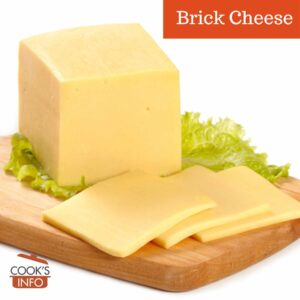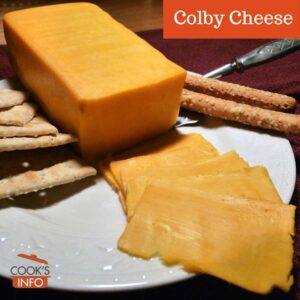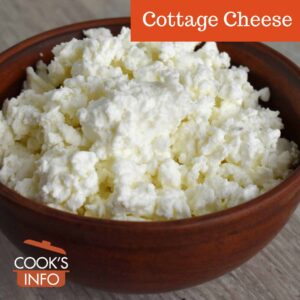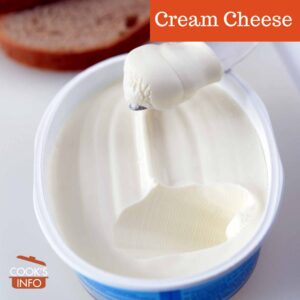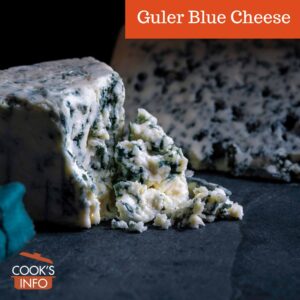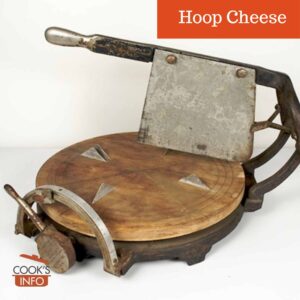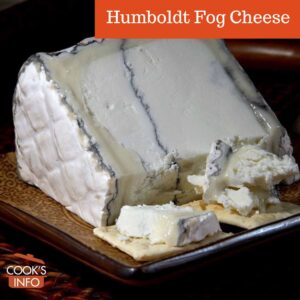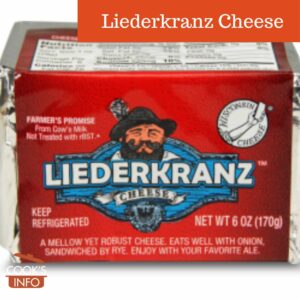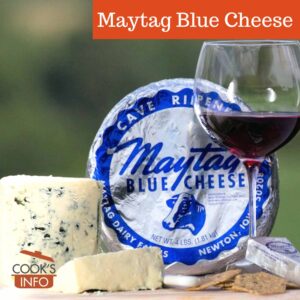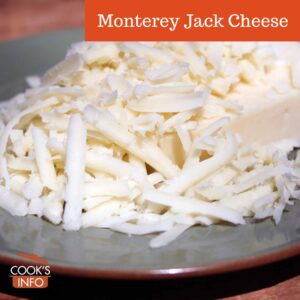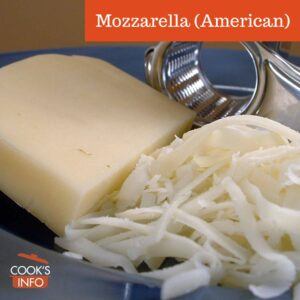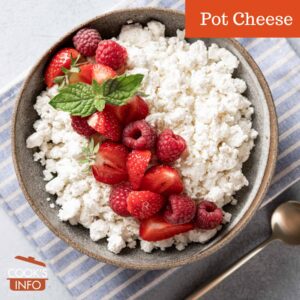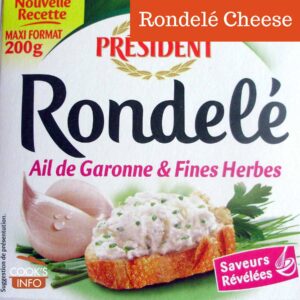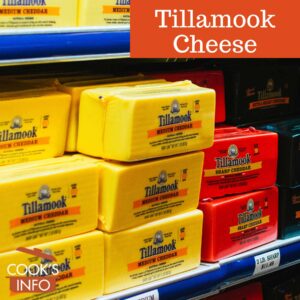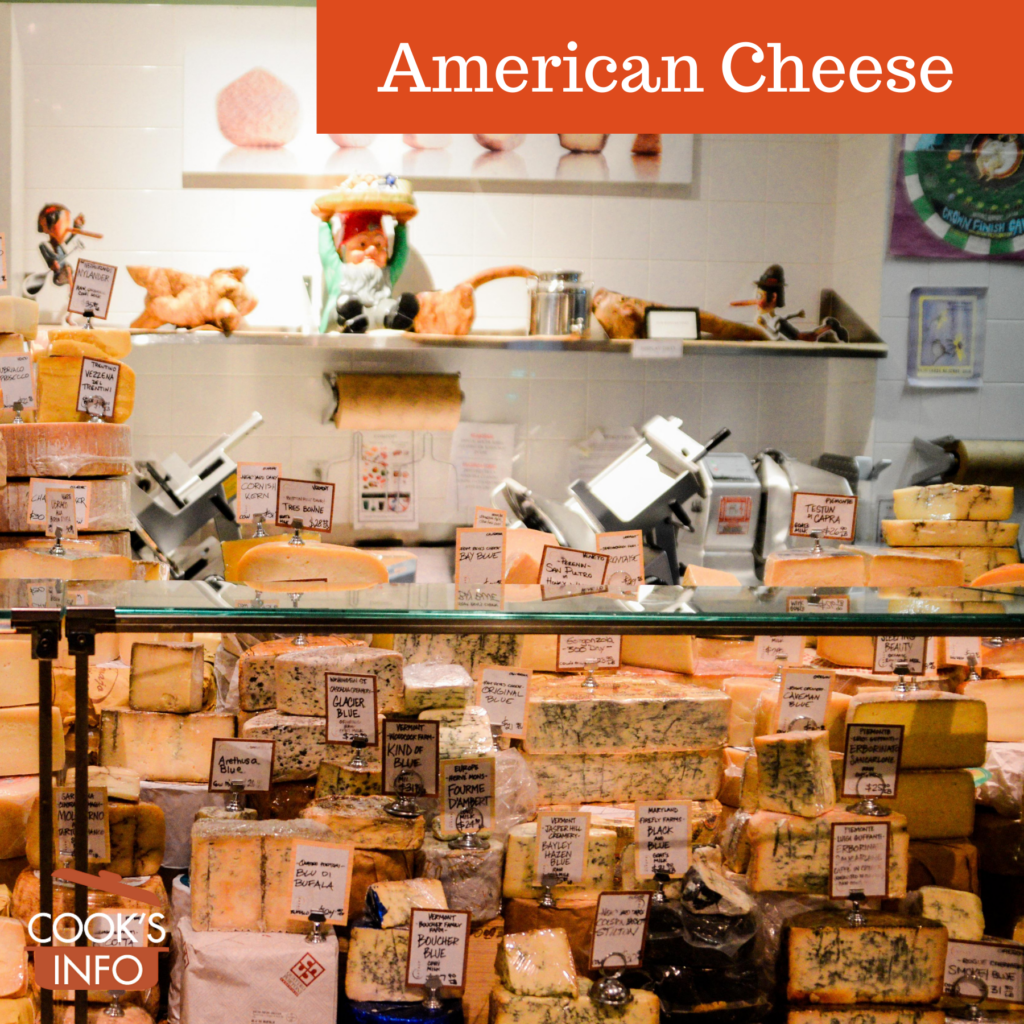
Cheese shop in New York City. Shire777 / pixabay / 2021 / CC0 1.0
There was a time when the term “American Cheese” pretty much just meant cheddar. Moving into the mid-1900s, the term became used as a generic term for cheeses based on cheddar, but processed for longer shelf life, spreadability and / or lower cost with added sweeteners, thickeners, colourings and waters.
Consequently, “American cheese” has become amongst foodies a catchall phrase for “cheese with no taste.” This perception, however, is out-of-date given the diversity of high-quality cheeses now appearing in the United States.
The centre of American main-stream industrial cheese production remains the state of Wisconsin.
- 1 American artisanal cheeses
- 2 Literature & Lore
- 3 Sources
-
4
Some American cheeses
- 4.1 Brick Cheese
- 4.2 Colby Cheese
- 4.3 Cottage Cheese
- 4.4 Cream Cheese
- 4.5 Creole Cream Cheese
- 4.6 Farmer’s Cheese
- 4.7 Guler Blue Cheese
- 4.8 Hoop Cheese
- 4.9 Humboldt Fog Cheese
- 4.10 Lamb Chopper Cheese
- 4.11 Liederkranz Cheese
- 4.12 Maytag Blue Cheese
- 4.13 Monterey Jack Cheese
- 4.14 Mozzarella (American)
- 4.15 Pinconning Cheese
- 4.16 Point Reyes Original Blue Cheese
- 4.17 Pot Cheese
- 4.18 Rondelé Cheese
- 4.19 Swiss Cheese
- 4.20 Tillamook Cheese
American artisanal cheeses
Quality, artisanal cheese makers have sprung up in the United States, particularly on the Pacific Coast. These cheeses aren’t exported because their output is so small, and the makers already have access to one of the world’s biggest cheese markets without going to the trouble of doing business internationally.
The artisanal American Cheeses springing up are imitative of European cheeses, as American cheesemakers striving to achieve European-style analogues, in the same way that the American wine industry did for decades. However, while some American industrial cheeses out and out steal European cheese names with no repercussions, artisanal ones are more “gentlemanly”: they might compare themselves with and aim to be a Camembert style cheese, but they generally won’t call themselves a Camembert.
There’s no general public awareness in the United States of these better quality cheeses, though, let alone any general international awareness. Most are sold in specialty shops, not supermarkets.
The quality of these small output artisanal cheeses is generally rated quite high. But if they were exported to Europe, they probably couldn’t compete on a combined quality / price level with European cheeses. It wouldn’t be the quality that would throw the equation off though: it would be the price by the time they got there.
Literature & Lore
The World Championship Cheese Contest is sponsored by the Wisconsin Cheese Makers Association since 1957 (named at first the “Cheddar Championship Contest”, it was elevated to world level in 1972. By the 1990s, Europeans were entering and had come to dominate the contest.
Sources
Friedrick, Joanne. American-made cheese earns an ‘A’ with retailers. Yarmouth, Maine: Gourmet News. June 2004.


